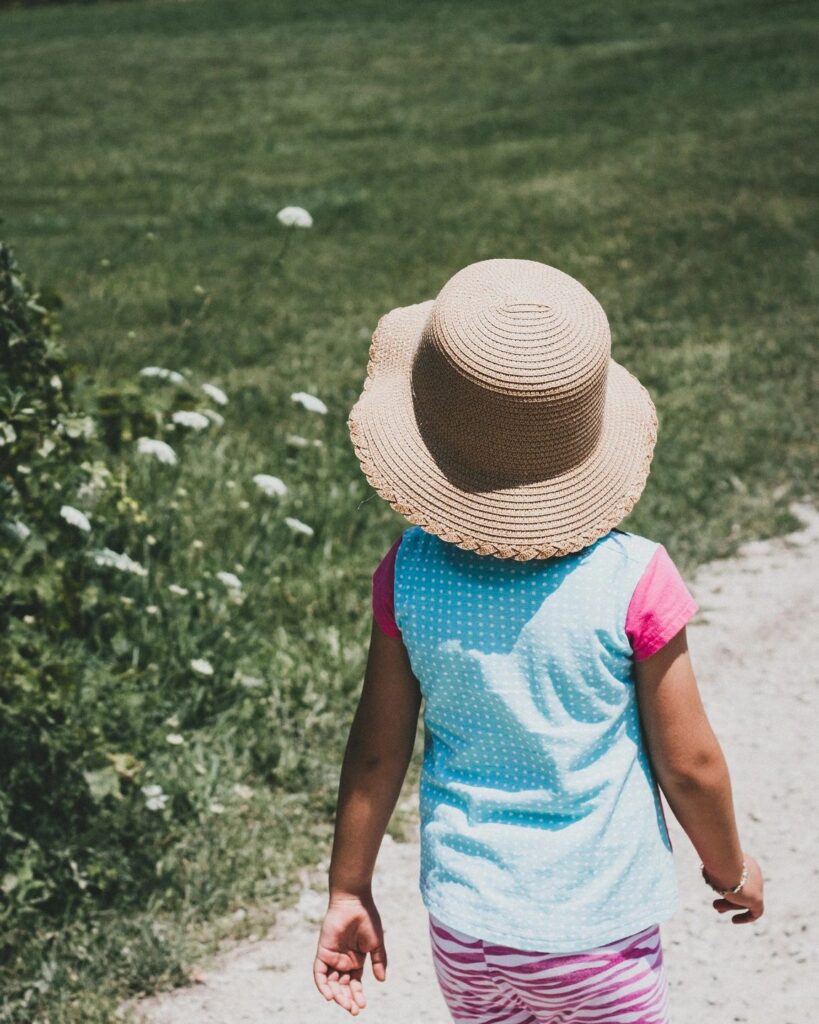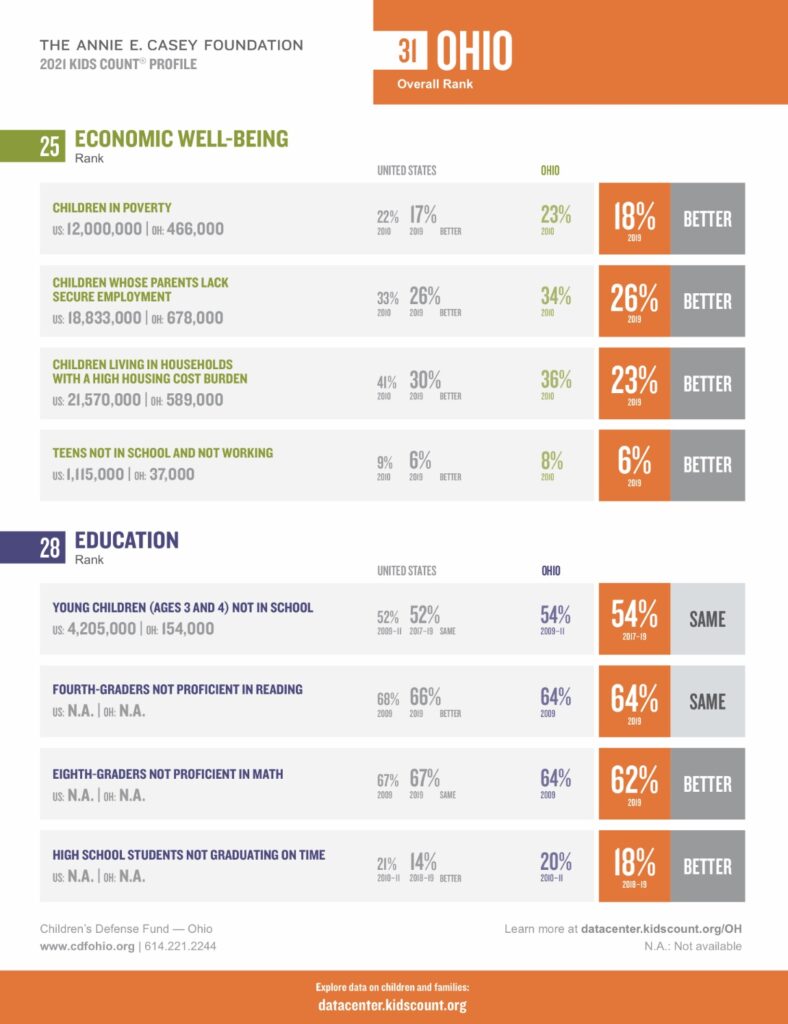Report suggest Ohio child well-being gains could decline


Report suggest Ohio child well-being gains could decline
By Mary Schuermann Kuhlman
COLUMBUS, Ohio – An annual report on child well-being in Ohio underscores the need for specific action to repair the damage caused by the pandemic.
The Annie E. Casey Foundation Kids Count Data Book found 18% of Ohio kids lived in poverty in 2019, compared with 23% in 2010.


Alison Paxson, communications and policy associate for the Children’s Defense Fund-Ohio, noted those gains could be erased as many households struggled to make ends meet over the past year.
“We will be feeling this for our state economy for years to come and for generations to come,” Paxson predicted. “So we really have to make sure that our policies right now are looking at the long term; that they’re visionary, bold and deliberate; and that they’re prioritizing the recovery of hard-hit communities.”
The latest U.S. Census Household Pulse Survey estimated 23% of adults in Ohio reported difficulty in paying for usual household expenses.
Overall, the Kids Count Data Book ranks Ohio 31st in child well-being. Other areas of improvement include children living in high-poverty areas, children without health insurance and children whose parents lack secure employment.
The report recommends the recovery of hard-hit communities of color be prioritized in the recovery, and income supports that help families be expanded.
Leslie Boissiere, vice president of external affairs for the Foundation, noted under the American Rescue Plan, the Child Tax Credit was increased and restructured to put money in the hands of low-income families as early as next month.
“For families with children under the age of six, it’s $300 a month that those families will be receiving,” Boissiere observed. “So, at a time when families are concerned with being able to pay their mortgage, or to pay their rent or to provide food for their families, it’s a significant amount.”
Census data revealed during the pandemic, black families in Ohio struggled more than white families to pay housing costs and put food on the table.
Paxson emphasized it’s crucial post-pandemic resources are targeted appropriately and equitably.
“This has significant implications for today in ensuring that children and families have enough to eat when they’re hungry, have health care when they’re sick and have access to safe, decent and affordable shelter, to keep them safe,” Paxson outlined. “And it also poses huge consequences for our future.”
Even before COVID-19 disrupted education, nearly one in five Ohio children were not graduating on time, and last fall nearly half of Ohio families where at least one person planned to pursue higher education canceled their plans or reduced their class load.






